Gem Profile- Obsidian
Obsidian is one of the oldest materials to be worked by man and it can be found in abundance all over the world. Also known as volcanic glass, obsidian provides a wide variety of lapidary materials in a wonderful array of colors and patterns, often with very interesting visual effects. To begin, let's talk about how basic obsidian is formed.
Taking us back to elementary school, there are four main layers to our Earth. The outer layer where we live is the crust. Beneath the crust is the mantle; composed of a very thick and sluggish, hot mineral soup. Under the mantle is the outer core, basically molten metal; and the center of our Earth is a pressurized mass of iron and nickel that does not have room to flow, so it vibrates and is called the inner core. When there is a crack in the earth's crust and gas pressures beneath it build up, the liquid rock and gasses of the mantle push at the crack, often moving the landscape around it. Eventually these gases blow the crack wide open, usually forming a volcano. After the earth has been opened, the mantle's mineral rich magma begins to ooze and run out of the earth as lava. Composed mainly of silica combined with oxides of aluminum, iron, magnesium, calcium, sodium and potassium; when this material solidifies very quickly and with no defined crystal structure, it is a form of volcanic glass or obsidian. Chemically, obsidian is the same as rhyolite.
A chunk of rough black obsidian alongside a 6 pound, water polished piece. Private collection, Dale Armstrong.
A chunk of rough black obsidian alongside a 6 pound, water polished piece. Private collection, Dale Armstrong.

From left to right: Velvet Peacock, rare Purple, Snowflake, Golden Sheen and Rainbow obsidian cabochons cut and polished by Charlie Armstrong.

A closer look at the Velvet Peacock obsidian from Oregon. Cut by Charlie Armstrong.

With a Mohs hardness of 5 to 6 and a conchoidal fracture, obsidian shares all of the basic physical properties of glass and is be considered to be quite brittle; however these features have made obsidian very important to man for centuries. Stone age people found that the very sharp edges made excellent tools such as hide scrapers, knives, and arrowheads. In Guatemala, early cutting tools, weapons and carved items thought to have been used in ritual ceremonies, all made from obsidian, have been found that date back to 10,000 BCE. Although obsidian is not naturally found in Egypt, it was a valuable trading commodity, which probably explains the fact that a lot of early Egyptian statuary contains eyes and other special features represented by insets of polished obsidian; such as the mask found on the remains of Pharaoh Tutankhamen. The Aztec Indians of South and Central America not only used this extremely sharp volcanic glass for creating slashing weapons and ceremonial knives, but they also used large polished pieces of obsidian as mirrors. After their conquest of the Aztecs in Mexico, the Spanish adopted the use of obsidian as blades for shaving facial hair, and Mexico didn't revert from obsidian to steel until the 1700s! Modern man is still finding different ways to use obsidian; as recently as the 1970's it was discovered that the superb, ultra-fine edge of an obsidian scalpel will cut more cleanly than steel.
Yes, as a "gem-rock" obsidian has also been used to make beads, jewelry and many other types of adornment too! The colors of obsidian range from the most common black, through dark green and deep brown, purples, deep colors with a golden or bronze sheen, as well as yellows, blue and even green. When a piece of obsidian shows a sheen, iridescence or "iris" of either gold, green or the spectrum of a rainbow, this feature was caused by miniscule bubbles of air or gases that aligned within the obsidian, having formed while the material was quickly cooling. The different colors of obsidian come from a variety of mineral inclusions. For example, black is from magnetite and hematite is responsible for reddish brown to pinks. Most of the transparent through opaque color variations are due to different levels of iron oxidation, that may even result in greens and yellows.
Red obsidian with black inclusions is called mahogany obsidian. The material that we know as "snowflake" is usually black obsidian with white inclusions of a form of silicon dioxide called cristobalite, but it can also be found in brown. One of the most popular materials used by modern jewelry designers is "rainbow obsidian", that shows many of the colors of a spectrum, when properly cut to expose the many layers of color. Rainbow obsidian is thought to contain microscopic crystals of different feldspars and or micas aligning within the volcanic glass. However, rainbow obsidian should not be confused with "velvet peacock" obsidian, which is only found in Oregon.
Pictured:
A piece of rainbow obsidian, expertly carved and polished to show all of its color layers. Private collection, Dale Armstrong.
and
Weighing in at about 70 pounds, this huge specimen of mahogany obsidian resides in Dale's "rock" garden.
Pictured:
A piece of rainbow obsidian, expertly carved and polished to show all of its color layers. Private collection, Dale Armstrong.
and
Weighing in at about 70 pounds, this huge specimen of mahogany obsidian resides in Dale's "rock" garden.


Two small carvings made from "snowflake" obsidian that live in Dale's studio and rough, natural snowflake obsidian waiting to be cabbed. Private collection-Dale Armstrong.


Due to the amount of volcanic occurrences on our earth obsidian is very abundant, however there are several specific locations where large quantities "good" quality material can be found. These include the countries of: Argentina, Canada, Chile, Ecuador, Greece, Guatemala, Hungary, Iceland, Indonesia, Italy, Japan, Kenya, Mexico, New Zealand, Peru, Russia and the western United States of Arizona, California, Idaho, Nevada, New Mexico, Washington, and Wyoming. Perhaps the most spectacular obsidian deposit is located in the state of Oregon, called "Glass Buttes", where a huge variety of beautiful obsidian can be found. And I cannot forget - obsidian nodules found in the states of Arizona and New Mexico are popularly known as "Apache Tears."
Rough Apache Tears from their legendary location in Superior, Arizona. Private collection, Dale Armstrong
Rough Apache Tears from their legendary location in Superior, Arizona. Private collection, Dale Armstrong

Not only can obsidian be carved into decorative shapes to ornament the home and made into beads and cabochons, but light green and yellow material from Peru can be faceted and black obsidian is also often used as the "backing" for opal doublets and triplets. The only real imitations for obsidian are usually mislabeled smoky quartz or, intentionally labeled "normal" colored glass. Metaphysical reasons to wear or carry obsidian include: providing a shield against negativity; acting as a grounding stone and connection from the base of the spine to the heart of the Earth, and to produce blunt answers from one's inner visions.
Resources
Print Resources:
Collecting Rocks, Gems and Minerals by Patti Polk, ISBN 1-4402-0415-2
Gemstones of the World by Walter Schumann, ISBN 0-8069-3088-8
Love Is in The Earth by Melody, ISBN 0-962-81903-4
Peterson Field Guide - Rocks and Minerals by Frederick H. Pough, ISBN 0-395-91096-X
Internet Resources:
www.cmog.org
www.wikipedia.org
Print Resources:
Collecting Rocks, Gems and Minerals by Patti Polk, ISBN 1-4402-0415-2
Gemstones of the World by Walter Schumann, ISBN 0-8069-3088-8
Love Is in The Earth by Melody, ISBN 0-962-81903-4
Peterson Field Guide - Rocks and Minerals by Frederick H. Pough, ISBN 0-395-91096-X
Internet Resources:
www.cmog.org
www.wikipedia.org
Materials

Wire

13 Piece Mahogany Obsidian Collar Set - Pack of 1
A2-1994R
- Lesson Quantity: 1.00 pieces
- Purchase Quantity: 1.00 each
- Price: $3.57
- Gold Club Price: $2.68

13 Piece Snowflake Obsidian Collar Set - Pack of 1
A2-1995
- Lesson Quantity: 1.00 pieces
- Purchase Quantity: 1.00 each
- Price: $3.97
- Gold Club Price: $2.98

Golden Obsidian 10mm Round Beads - 8 Inch Strand
A1-200
- Lesson Quantity: 1.00 pieces
- Purchase Quantity: 1.00 each
- Price: $9.07
- Gold Club Price: $6.80

Golden Obsidian 10x14mm Oval Cabochon - Pack of 2
E8-16B
- Lesson Quantity: 1.00 pieces
- Purchase Quantity: 1.00 each
- Price: $4.67
- Gold Club Price: $3.50

Snowflake Obsidian 10x14mm Oval Cabochon - Pack of 2
E8-31B
- Lesson Quantity: 1.00 pieces
- Purchase Quantity: 1.00 each
- Price: $5.33
- Gold Club Price: $4.00

Snowflake Obsidian 12mm Square Beads - 8 Inch Strand
A1-447
- Lesson Quantity: 1.00 pieces
- Purchase Quantity: 1.00 each
- Price: $8.47
- Gold Club Price: $6.35

Obsidian Beads

Obsidian cabochons
Tools

Ultimate wire-pliers Set
G15-20
- G15-20
- Lesson Quantity: 1.00 pieces
- Purchase Quantity: 1.00 each
- Price: $99.95
- Gold Club Price: $74.96

Bench Tools
- Category: General Education
- Technique(s): General Education






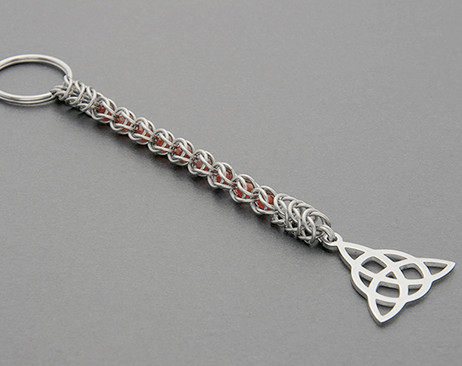
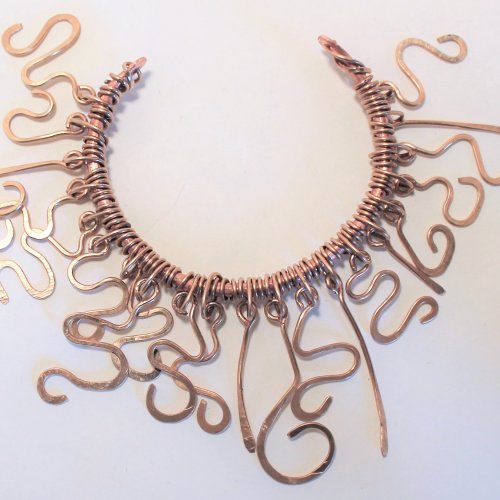
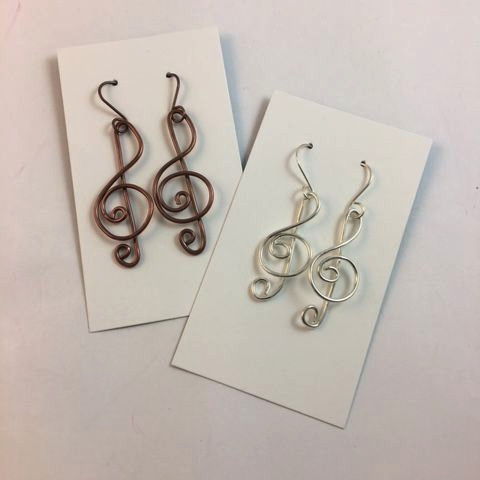

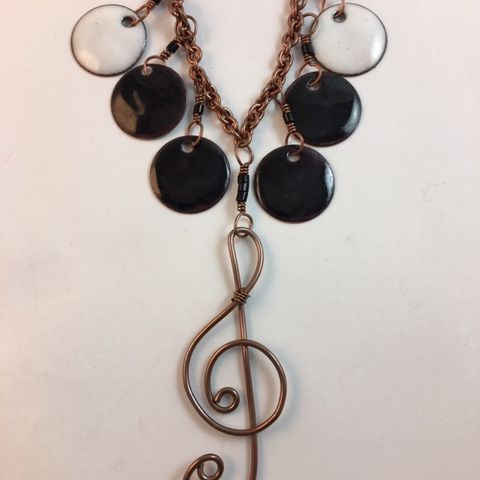
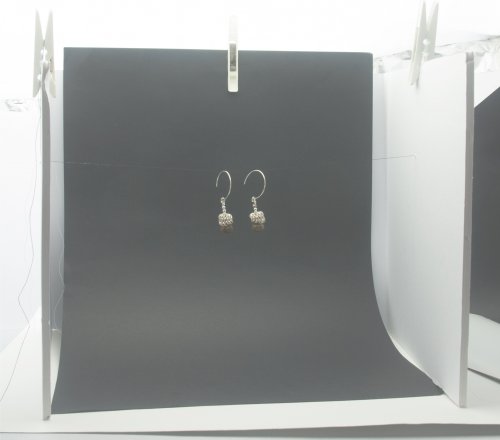

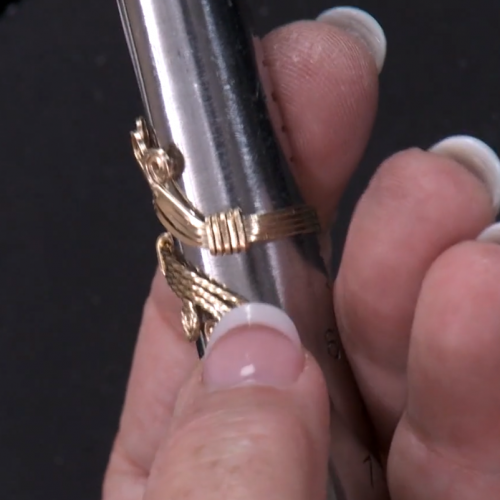

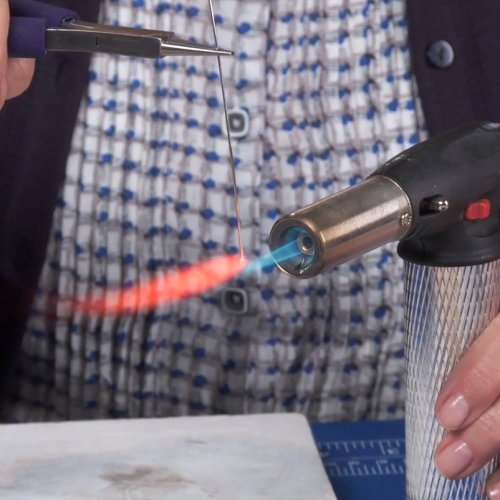
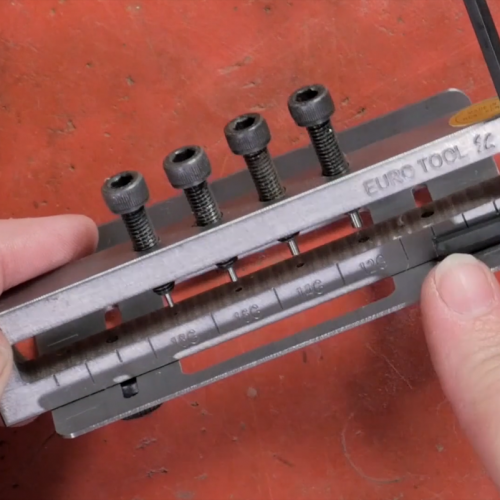
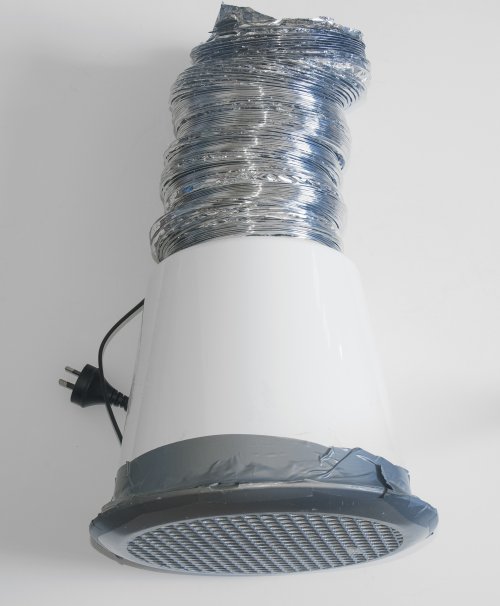
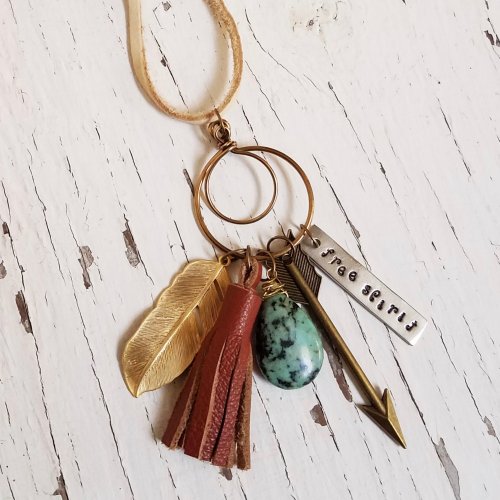
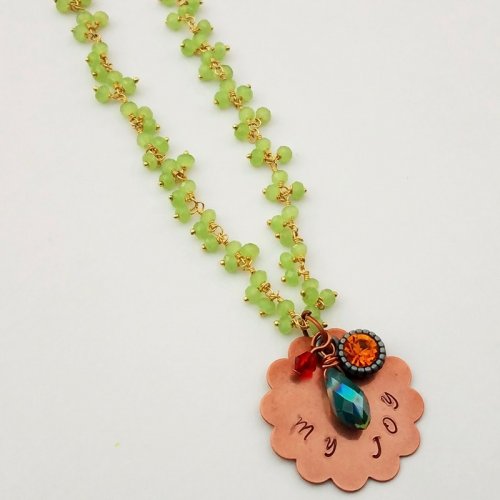
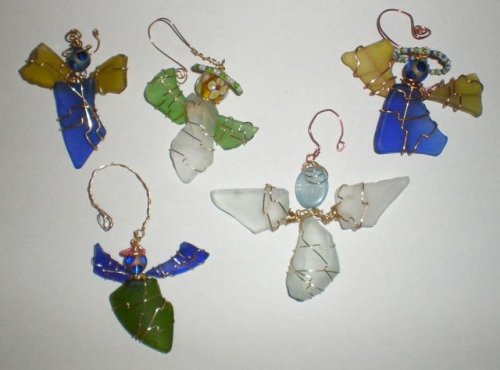
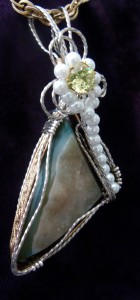
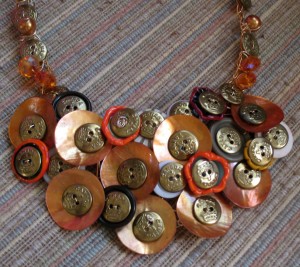
 Getting Twisted - Jewelry Making Tools
Getting Twisted - Jewelry Making Tools How to Price Your Wire Jewelry
How to Price Your Wire Jewelry How to Measure Gemstones for Settings
How to Measure Gemstones for Settings Cool Anklets are HOT
Cool Anklets are HOT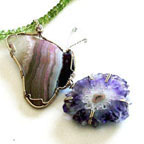 Inspiration Comes from Everywhere and Every Thing
Inspiration Comes from Everywhere and Every Thing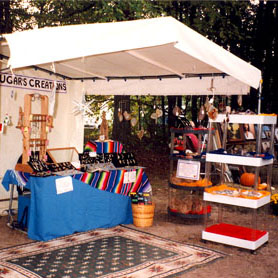 Wire Jewelry Display and Booth Ideas
Wire Jewelry Display and Booth Ideas Where to Sell Your Wire Jewelry
Where to Sell Your Wire Jewelry How to Choose Wire Temper for Making Jewelry
How to Choose Wire Temper for Making Jewelry What Gauge of Wire Should I Use to Make Jewelry
What Gauge of Wire Should I Use to Make Jewelry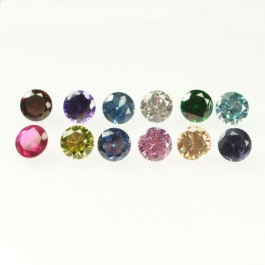 What's a Cubic Zirconia Stone
What's a Cubic Zirconia Stone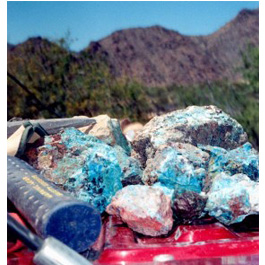 Rockhounding - A Beginner's Guide
Rockhounding - A Beginner's Guide What Shape of Wire Should I Use to Make Jewelry
What Shape of Wire Should I Use to Make Jewelry Gem Profile- Bloodstone
Gem Profile- Bloodstone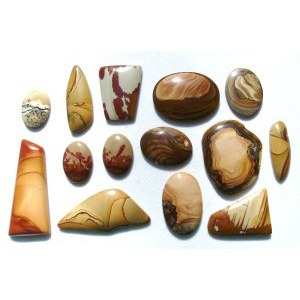 Gem Profile- Picture Jasper
Gem Profile- Picture Jasper Gem Profile- Patterned Jaspers
Gem Profile- Patterned Jaspers Gem Profile- What is Jasper
Gem Profile- What is Jasper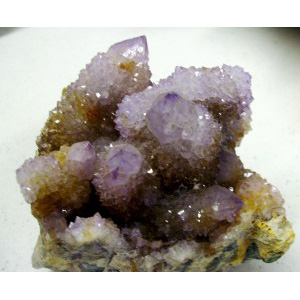 Gem Profile- Quartz Introduction
Gem Profile- Quartz Introduction Gem Profile- Wishful Turquoise
Gem Profile- Wishful Turquoise Gem Profile- Amethyst
Gem Profile- Amethyst Gem Profile- Fluorite
Gem Profile- Fluorite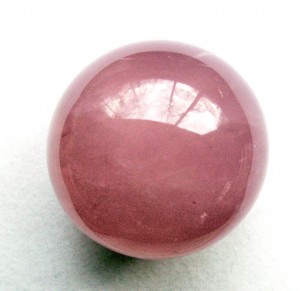 Gem Profile- Rose Quartz
Gem Profile- Rose Quartz Gem Profile- Smoky Quartz
Gem Profile- Smoky Quartz Gem Profile- Citrine and Ametrine
Gem Profile- Citrine and Ametrine Gem Profile- Labradorite
Gem Profile- Labradorite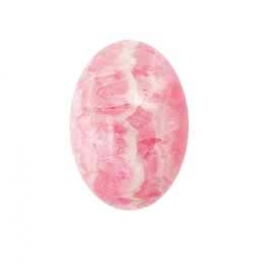 Gem Profile- Rhodochrosite
Gem Profile- Rhodochrosite Gem Profile- Moonstone
Gem Profile- Moonstone Gem Profile- Prehnite
Gem Profile- Prehnite Gem Profile- Jade
Gem Profile- Jade Gem Profile- Amazonite
Gem Profile- Amazonite Gem Profile- Corundum
Gem Profile- Corundum Gem Profile- Quartz with Inclusions Part 1
Gem Profile- Quartz with Inclusions Part 1 Gem Profile- Quartz with Inclusions Part 2
Gem Profile- Quartz with Inclusions Part 2 Gem Profile- Aventurine
Gem Profile- Aventurine Gem Profile- Macrocrystalline Quartz
Gem Profile- Macrocrystalline Quartz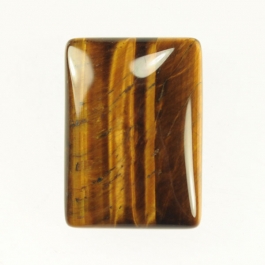 Gem Profile- Tiger Eye
Gem Profile- Tiger Eye Gem Profile- Fire Agate and Iris Agate
Gem Profile- Fire Agate and Iris Agate Gem Profile- Amber
Gem Profile- Amber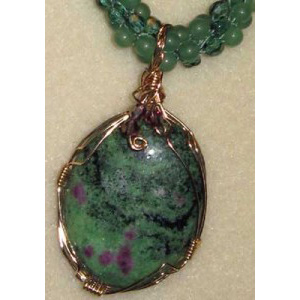 Gem Profile- Ruby Zoisite
Gem Profile- Ruby Zoisite Gem Profile- Ruby Fuchsite
Gem Profile- Ruby Fuchsite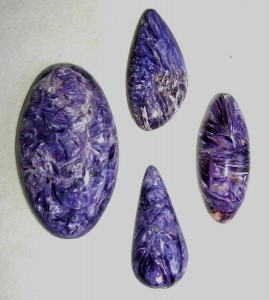 Gem Profile- Charoite
Gem Profile- Charoite Gem Profile- Moldavite
Gem Profile- Moldavite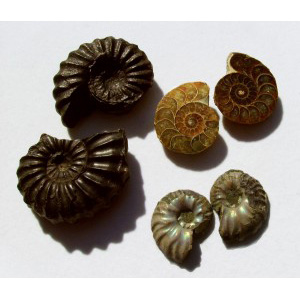 Gem Profile- Ammolite
Gem Profile- Ammolite Gem Profile- White Precious Opal
Gem Profile- White Precious Opal Gem Profile- Opalized Fossils
Gem Profile- Opalized Fossils Gem Profile- Boulder Opal
Gem Profile- Boulder Opal Gem Profile- Black Precious Opal
Gem Profile- Black Precious Opal Gem Profile- Pyrite
Gem Profile- Pyrite Gem Profile- Opal Introduction
Gem Profile- Opal Introduction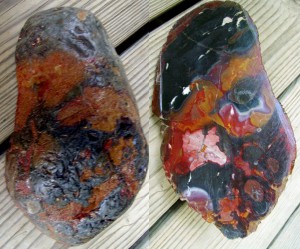 Gem Profile- Beautifully Colored Jasper
Gem Profile- Beautifully Colored Jasper Gem Profile- Common Opal
Gem Profile- Common Opal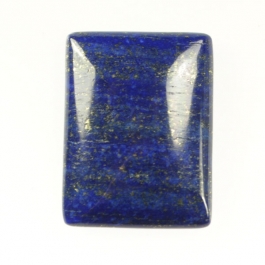 Gem Profile- Lapis Lazuli
Gem Profile- Lapis Lazuli Wire Sculpture Expert Dale -Cougar- Armstrong Interview
Wire Sculpture Expert Dale -Cougar- Armstrong Interview

